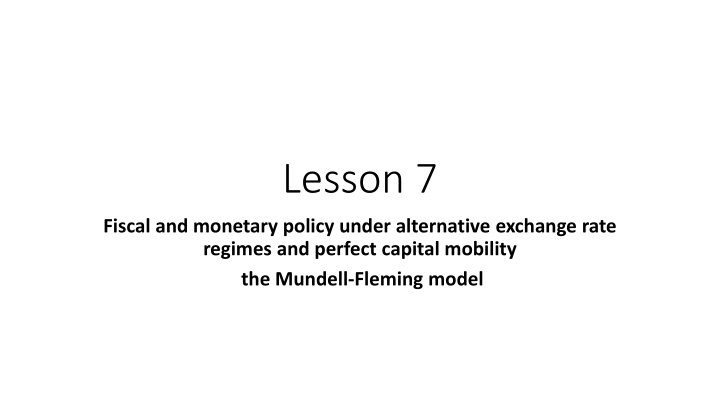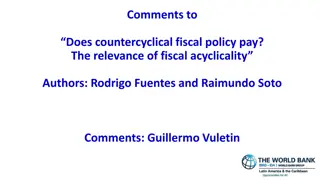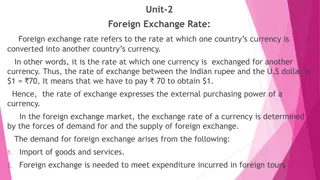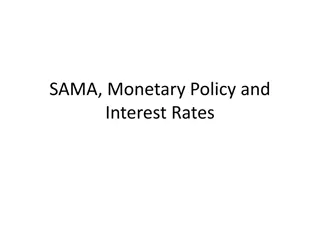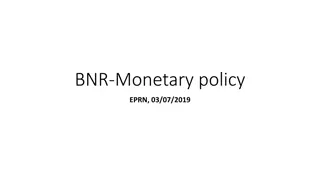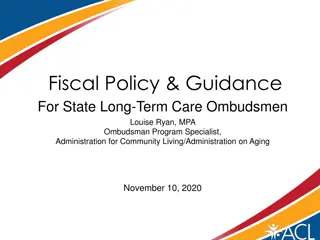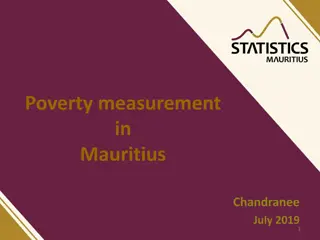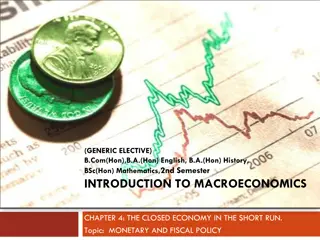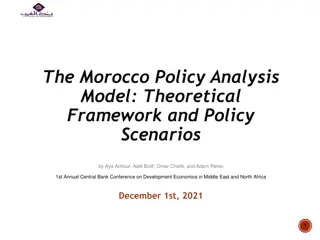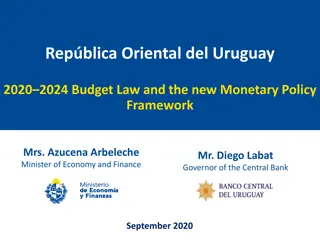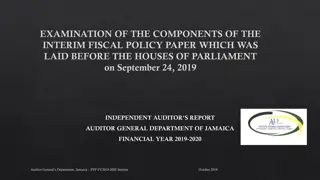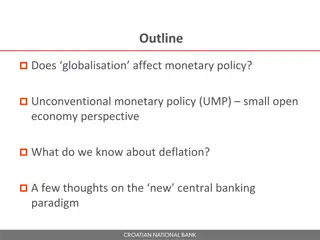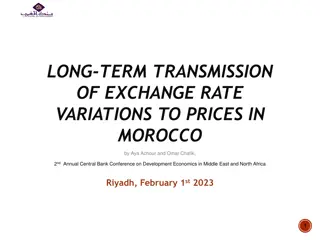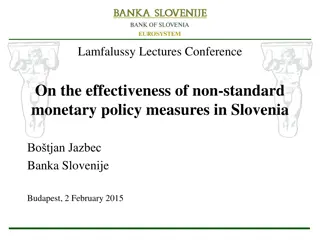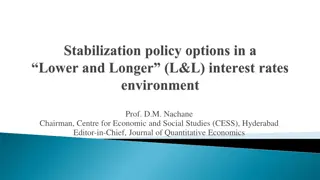Fiscal and Monetary Policy under Different Exchange Rate Regimes
This content explores the effectiveness of fiscal and monetary policies under flexible and fixed exchange rate regimes using the Mundell-Fleming model. It discusses how policy changes impact interest rates, investments, output, currency values, and trade balances, providing insights into macroeconomic policy implications.
Download Presentation

Please find below an Image/Link to download the presentation.
The content on the website is provided AS IS for your information and personal use only. It may not be sold, licensed, or shared on other websites without obtaining consent from the author.If you encounter any issues during the download, it is possible that the publisher has removed the file from their server.
You are allowed to download the files provided on this website for personal or commercial use, subject to the condition that they are used lawfully. All files are the property of their respective owners.
The content on the website is provided AS IS for your information and personal use only. It may not be sold, licensed, or shared on other websites without obtaining consent from the author.
E N D
Presentation Transcript
Lesson 7 Fiscal and monetary policy under alternative exchange rate regimes and perfect capital mobility the Mundell-Fleming model
Case 1. Flexible exchange rate regime Monetary policy effectiveness (Changes in money supply) An increase in money supply (M/P=l1Y-l2i eq.1.6) reduces the local interest rate and increases investments and output (eq. 1.1 and 1.3). Since the model represents an open economy, the local interest rate is now lower than the global interest rate. The UIP is no longer verified (i<i*+ Ee) and capital flows out of the country (eq.1.9). This depreciates the exchange rate. Depreciation makes local goods cheaper compared to foreign goods and increases exports and decreases imports. Increased net exports lead to a further increase in output (Y = C + I + G + NX eq.1.1) until the local interest rate is equal to the global rate. A decrease in money supply causes the exact opposite of the process. The process in question is described in the Figure below.
Fiscal policy effectiveness (Changes in government spending ) An increase in government expenditure shifts the IS curve to the right (eq.1.1). The shift causes the local interest rate to go above the global rate. The increase in local interest leads to capital inflow (eq. 1.11), and the inflow makes the local currency stronger compared to foreign currencies. The strong exchange rate also makes foreign goods cheaper compared to local goods. This encourages greater imports and discourages exports. Hence net exports are lower (eq.1.1 and 1.4)). As a result, aggregate demand decreases and the local interest rate is equal to the global interest rate. The level of income of the local economy stays the same. Government expenditure crowds out net exports: the level of aggregate income is not affected at all, while its composition has changed. A decrease in government expenditure reverses the process. The result of fiscal expansion under a flexible exchange rate regime is represented in figure below
Case 2. Fixed exchange rate regimes Monetary policy effectiveness (Changes in money supply) Under the fixed exchange rate system, the local central bank or any monetary authority only changes the money supply to maintain a specific exchange rate. If there is pressure to depreciate the domestic currency's exchange rate because the supply of domestic currency exceeds its demand in foreign exchange markets, the local authority buys domestic currency with foreign currency to reduce the supply of the domestic currency on the foreign exchange market. Thus the domestic currency exchange rate reverts to its original level. If there is pressure for the domestic currency exchange rate to appreciate because demand for the currency exceeds supply on the foreign exchange market, the local authority buys foreign currency with domestic currency to increase the supply of domestic currency on the foreign exchange market. This returns the exchange rate to its original level.
Fiscal policy effectiveness (changes in government expenditure) An increase in government spending forces the monetary authority to flood the market with local currency to keep the exchange rate unchanged. Increased government expenditure increases aggregate income. Given the equilibrium on the money market, interest rates rise and the demand for internal currency in exchange for foreign currency increases. To maintain the exchange rate and eliminate pressure from it, the monetary authority purchases foreign currencies with local currency and increases money supply. Government expenditure has in fact been financed by the increase in money supply. Next Figure depicts what happens.
Changes in Government expenditure under fixed exchange rates
The policy trilemma The Mundell-Fleming model has been used to argue that an economy cannot simultaneously maintain a fixed exchange rate, free capital movement, and an independent monetary policy. This principle is frequently called "the Unholy Trinity," the "Irreconcilable Trinity," the "Inconsistent Trinity" or the Mundell-Fleming "trilemma."
